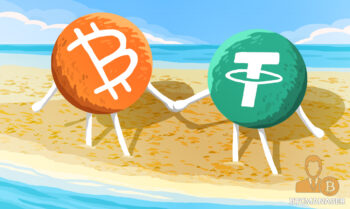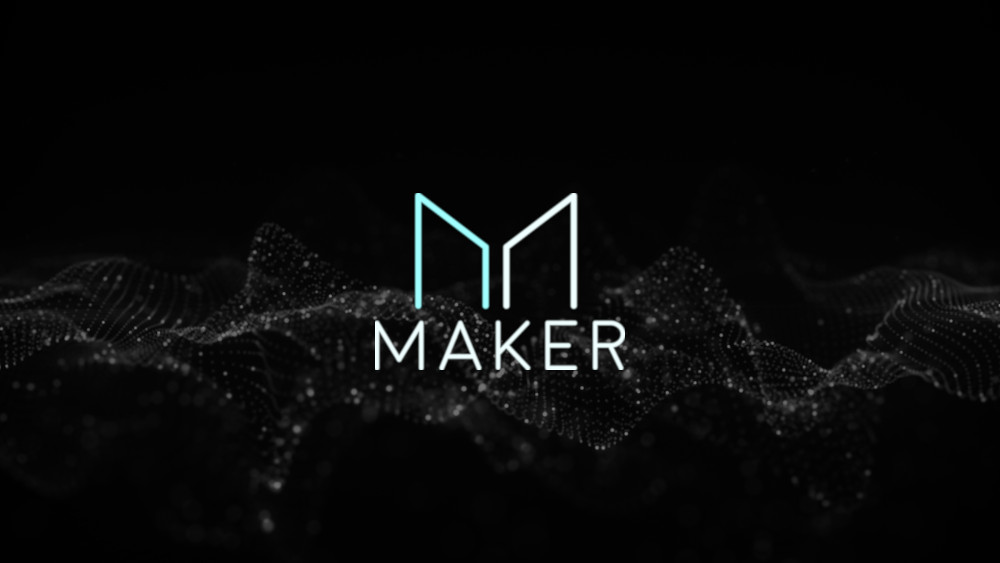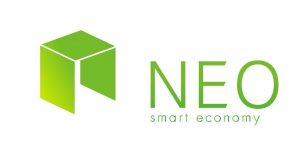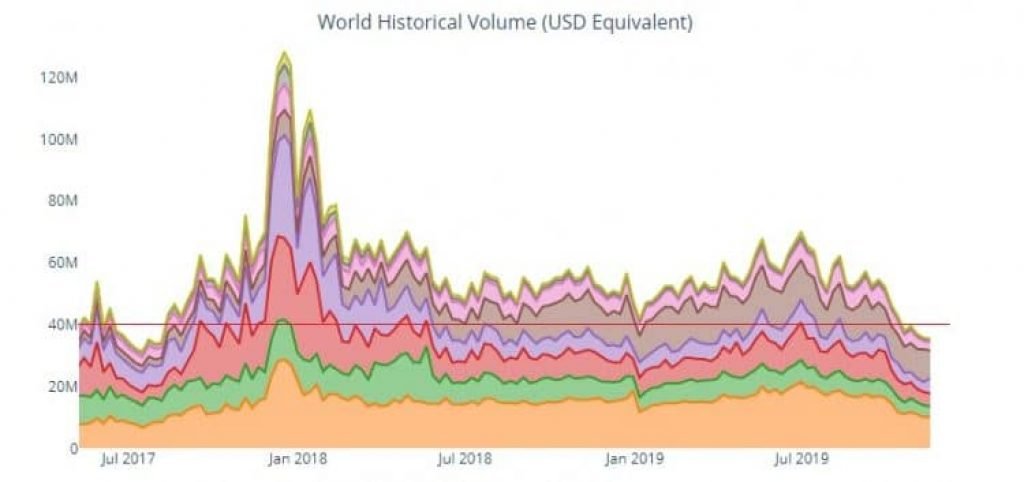
2018-11-15 22:10 |
By Evan Kereiakes, Core Researcher at Terra
Stablecoins have great potential, but have not lived up to their hype thus far in 2018. 2018 was billed as the ‘Year of the Stablecoin’, so what happened? While there have been a few noteworthy developments and announcements thus far, the current state of the stablecoin landscape remains much as it was at the beginning of the year. That is to say that stablecoins have tremendous potential to transform the modern financial system, but have underwhelmed relative to expectations. This is not due to a lack of competition but rather to a lack of ideas for simultaneously accelerating mass adoption while guaranteeing price stability (i.e. solving the ‘Stablecoin Dilemma’).
The stablecoin which is the most widely adopted, the most stable, and credible will ultimately have the greatest impact and value to society. If any one team or project could solve the ‘Stablecoin Dilemma’, they would have a self-reinforcing competitive advantage. However, this is more difficult in practice than in theory, and a number of barriers have hitherto prevented any publicly traded stablecoins from achieving this outcome.
What are some limitations of current stablecoin designs?
Most stablecoins solve the stability (store of value) problem by pegging their cryptocurrency to the U.S. Dollar or other real-world assets, though they vary in their approach to collateralization. The U.S. Dollar is a common choice for pegging, and there’s nothing flawed with this method for bootstrapping a price stable cryptocurrency. The only limitation is that the barrier to entry is rather low, and numerous other projects can easily copy your approach and erode the purported value of your endeavor.
Pegging a cryptocurrency to the U.S. Dollar alone solves the store of value problem. But doing so brings its own issues, as this is a centralized approach, and therefore must rely on the U.S. Government, and explicitly tying their monetary policies to that of the U.S. Federal Reserve. This allegiance is a bold move for a decentralized stablecoin as it is not at all obvious that U.S. fiscal, monetary, and regulatory policy trumps that of any other nation, either now or in the future. Creating a price stable cryptocurrency that is explicitly tied to a single central authority is by its very nature a centralized approach, and not a robust method for creating a new global decentralized currency that can be widely adopted.
Aside from the limiting aspects of pegging to a single currency, many stablecoins have limited their own growth and fostered doubts about their stability due to their method of collateralization. According to the recent Blockchain.com report “The State of Stablecoins,” 33% of price-stable cryptocurrencies are backed by traditional collateral such as fiat currencies and gold, 44% are backed by cryptocurrencies, and 23% are backed algorithmically. Not all of these approaches can be optimal, so which are correct and which are flawed?
At first glance, provisioning and maintaining full fiat collateral reserve coverage seems the safest and most logical approach to guaranteeing price stability and solvency. But the growth of these stablecoin ecosystems is limited because around 100% of new money entering the economy is placed in reserve. On the other hand, a fraction of the traditional collateral reserve system would immediately be met with skepticism about the team’s – and therefore the protocol’s – commitment to stability. Other approaches that involve crypto over-collateralization or a seigniorage shares model will always be hindered by slow growth or doubts about their stability. Here Are Some Novel Ways to Approach the Challenges Faced by Stablecoins:
#1: Diversify the Peg Basket
The U.S. Dollar is the predominant global reserve currency, but it is not the only game in town. The majority of foreign exchange transactions and local currency transactions around the world are not denominated by the U.S. Dollar. From this simple standpoint alone, it is worth exploring the option of pegging a global stablecoin to a basket of real world currencies. Widely traded currencies issued by other large, diversified economies make great candidates for a multi-currency basket.
Diversifying the basket of underlying fiat currencies that comprise the peg will also help reduce the peg’s daily volatility. Applying a little portfolio theory goes a long way to ensuring that global stablecoin adopters can transfer their financial dealings to the blockchain and back to their home fiat currency with less concern about currency volatility along the way. Pegging a stablecoin to the U.S. Dollar alone actually exposes global users (outside the U.S.) to greater daily currency volatility relative to their home currency. This could be considered a cost or tradeoff for providing access to stability, but it is also a competitive disadvantage.
#2: Add Another On-Chain Stabilizing Mechanism
Stability is partly solved by pegging to the U.S. Dollar, and is also optimized by including multiple currencies in the peg. Yet stability does not guarantee adoption; stablecoins no longer exist as a dream. There are many other competing and viable alternatives, that most new stablecoin projects will face an ever more daunting path to achieve acceptance….and thereby experience diminishing returns.
So how can a stablecoin accelerate adoption while preserving stability, and solve the ‘Stablecoin Dilemma.’ One answer lies in adjusting the balance between fiat and on-chain reserves, to free up a greater portion of incoming cash to fund growth incentives. If a stablecoin moves away from a full fiat reserve, it must still maintain full reserve coverage by supplementing the reduced fiat coverage with another stabilizing mechanism. Relying on exogenous forms of stability is too risky – especially during black swan events – so the stabilizing mechanism should be endogenous. Many stablecoins count future growth and income as an endogenous righting mechanism, but at some point the growth expectations will not pan out and the economy will contract for an indeterminate period. A much more stable endogenous reserve supplement is transaction fees levied on the stablecoin network. These fees can be dynamically adjusted and provided to holders of on-chain reserves that are staked into the stability reserve pool, and the transaction network fees required are generally much less than credit card fees.
Central banks have had a monopoly on money supply throughout much of modern history and their primary policy tools have been interest rates, asset purchases, lending and liquidity facilities, currency intervention, and policy guidance. Never have major central banks systematically charged transaction fees on their economy, but with blockchain technology this powerful new capability exists and can be utilized by a decentralized bank to back its stablecoin.
#3: Drive Adoption
Since on-chain reserves draw their value from the small transaction fees levied on the stablecoin network, the stablecoin team and protocol must have a strategy to increase transaction. This therefore becomes a chicken-egg problem for most stablecoins, and is the greatest differentiating factor among projects.
The vast majority of stablecoins have a static business model and identity, and will relinquish any early gains to more dynamic protocols and teams. If you don’t build partnerships and create incentives to drive adoption among consumers, then where will your adoption come from? There is no secret sauce here, the strong teams with a well planned vision will come to dominate the stablecoin landscape in the future.
Consumers and everyday users are the other side of the adoption coin, and stablecoins should leverage their intrinsic advantages over existing payment methods to accelerate consumer adoption. Unlike other payment methods such as credit cards, decentralized stablecoins can offer consumer discounts using ‘seigniorage’ or new money supply entering the economy. Growth hacking through consumer discounts can vastly increase the size of the market all the while sidestepping high merchant credit card processing fees. Every incremental purchase represents additional money flowing into the economy which can be partly recycled to fund future growth and transaction volume. As traditional credit cards show, transaction processing volume is not as prone to impact from economic shocks. Sophisticated modeling, calibration, and management is required to ensure that these growth incentives are optimized and the reserve is properly provisioned.
The above insights should collectively help create a design framework to solve the ‘Stablecoin Dilemma.’ Even with much of the year already behind us, we still do expect to see big announcements and growth from stablecoins in the coming months. 2019 will bring a wave of new innovation and excitement for the blockchain universe.
About Evan Kereiakes:
Prior to joining Terra’s Research team, Evan worked at the Federal Reserve Bank of New York for over 7 years. He was most recently the Head Japanese Portfolio Manager and Trading Operations Manager for the foreign reserves portfolio. Prior to that, he was an Economic Analyst at the U.S. Treasury, and he also worked at the White House National Economic Council. Evan holds an MBA from the University of Chicago, and engineering degrees from Duke and the University of Illinois.
The post Is it the Year of the Stablecoin? appeared first on CaptainAltcoin.
origin »UpToken (UP) íà Currencies.ru
|
|






























